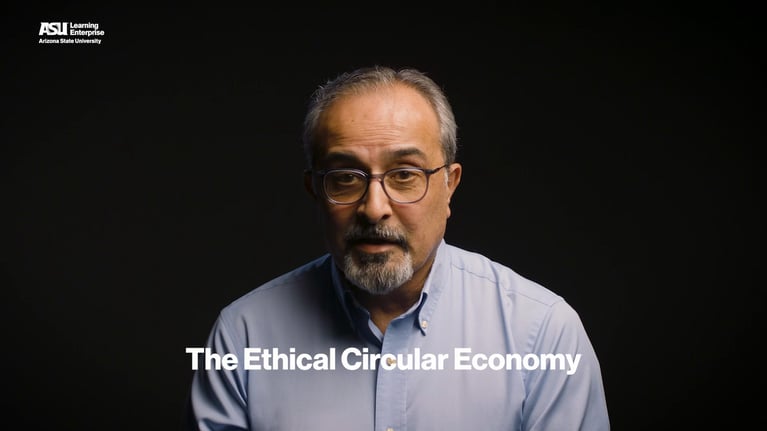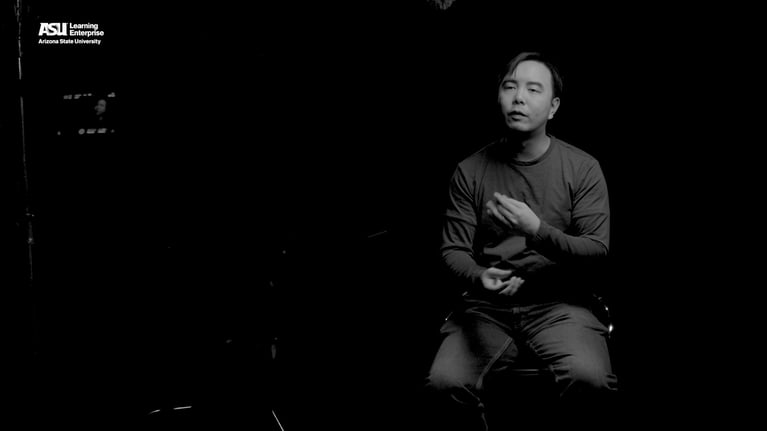Baby speech development occurs through a process of sensory exposure, imitation, and repetition. From the womb, they start to perceive speech as vibrations and recognize their mother's voice. After birth, they apply auditory-visual sensorimotor skills pairing to pair what they hear with what they see and imitate sounds through babbling. With practice, these actions become automatic, leading to the development of words, phrases, and grammar.
From the early stages of fetal development, babies experience the sound of speech as vibrations through the amniotic fluid to their developing ears and brains. The melody of their mother’s speech transmits easily through the fluid, even though the words she’s saying sound muffled. This early exposure lays the neural groundwork for learning how to talk, but there is still a long way to go.
At birth, a baby emerges into a rich and varied sensory environment. He can now hear his parents’ speech clearly and he already recognizes their voices’ melodies. He can see his caretakers’ faces as they speak, allowing him to pair what he’s hearing with what he’s seeing (lips pressed together and released into a rounded “oo”). Imagine a parent (or older sibling or cousin), playing “peek-a-boo” with a baby. He hears “boo!” and sees it paired with the speaker’s lips pressed together and then released into a rounded “oo”. When baby’s eyes light up and he smiles, the speaker says “boo” again and again, reinforcing the exchange as a pleasing social interaction. This social engagement element is key because it promotes a sort of “practice” in which the baby pairs the sound and sight input again and again, laying down neural representations about what to expect to hear when he sees lips pressed together and released into a rounded “oo.”
As this auditory-visual sensorimotor pairing continues, another important propensity of the baby comes into play: the propensity for babies to mimic/imitate the actions of others with whom they’re engaged. Now he not only sees and hears his caretakers’ saying “boo,” but he feels the urge to try it too. He mimics their mouth position by activating the muscles of the lips and simultaneously feels the sensation that the movement produces. And as he attempts to imitate “boo” he also hears the sound he produces. Babbling allows him to learn those important pairings between the movements he makes and the acoustic and proprioceptive consequences he experiences. As the pairings become more strongly represented in the nervous system, less feedback and effort is needed to produce the sounds. Instead, the brain treats the syllables as “sensorimotor programs” that can be efficiently executed in a feedforward manner. Sensorimotor programs are the result of the repeated pairing of motor activity and the associated sensory consequences.
The early speech sensorimotor programs are the building blocks for more complicated sensorimotor programs that are words and phrases. The development of speech sensorimotor programs continues with the acquisition of new words, longer sentences, and more sophisticated grammar. By adulthood, speech is an over-learned sensorimotor skill that we monitor sensory feedback only lightly to catch ourselves when we mispronounce or misspeak.


